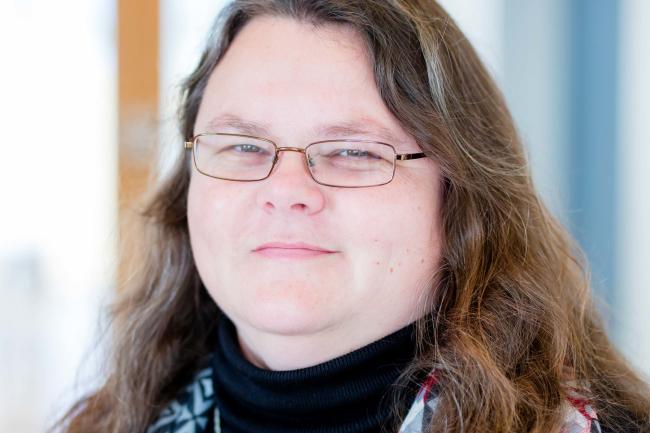Research on young people with ASD
2023-11-24Andrea Schalley, Professor of English Linguistics at Karlstad University, has been granted funding from the Swedish Research Council for the 4-year research project “Swedish or English? – Language preference and linguistic skills of high-functioning students within Autism Spectrum Disorder”.
– It feels amazing, says Andrea Schalley.
She started taking an interest in questions related to how high-functioning students within Autism Spectrum Disorder (ASD) use their first and second languages in 2016.
– But I've only in the last four years been thinking about how a study like this might be set up. There is almost no previous research on the topic, but an Icelandic independent paper posited that ASD students are more skilled in their second language English than their first language Icelandic. There are also two Swedish independent papers that suggested that high-functioning ASD students prefer English over their mother tongue Swedish.
One hypothesis is that they struggle to acquire the social aspects of communication in their first language and feel less pressured and more relaxed when speaking English as a second language because the conversational expectations may be lower for English.
– A teacher that I have been in contact with told me about a student who didn’t speak a word during parent-teacher interviews in Swedish. But after the teacher had spoken to the parents and they agreed to switch to English, the student started talking, says Andrea Schalley.
English as a second language is something that ASD students, just like other young people, are exposed to through gaming and social media. And since the interaction in these forums does not take place face to face, it creates less pressure.
– If the hypothesis that ASD students feel more competent and relaxed when communicating in their second language is correct, this is likely to have consequences for how teachers can effectively work with these students, says Andrea Schalley.
The four-year research project is divided into three studies.
In the first study, students in upper secondary school are tasked with creating oral narratives in Swedish and English, based on sets of pictures. In this study, 80 students with ASD participate, as well as 80 students without ASD, as a control group.
In the second study, students engage in live role-playing to explore their language preference and social interaction while in character. This includes 16 students with ASD and a control group of 16 students without ASD.
The third part of the study consists surveys with ASD students, parents and teachers. The project aims to include 300 people in each group.
– There will be an extensive amount of data. I’m very grateful to collaborate with a doctoral student in this project, says Andrea Schalley.
The Swedish Research Council has granted SEK 6,663,000 in funding for the research project, which starts next year and runs until 2027.


